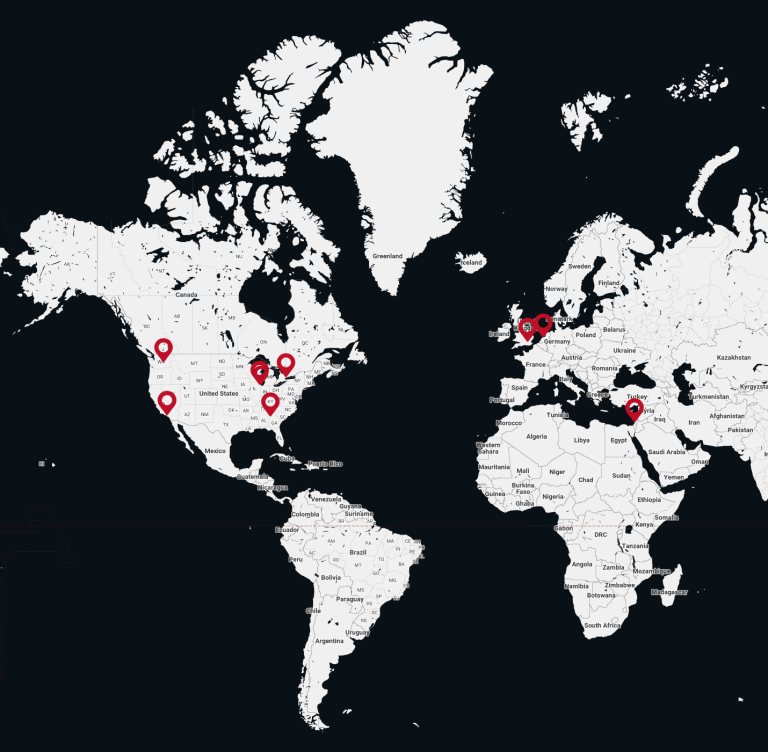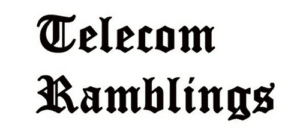TR: How do you view M&A as a means to expansion into those new markets?
JS: It is on the radar for sure, but it needs to fit. It is not our goal to grow via M&A. But if we need accelerated expansion into a specific region, then yes, we will go in that direction. But there are still regions in Europe where there is nothing but a single data center provider, which means there are completely different sets of rules to enter. Our main focus now is on the primary and secondary markets. You cannot deploy all of the regions at the same time; it is all about making the right decisions.
TR: In what ways have power shortages shifted the European data center landscape?
JS: Power delivery issues have to do with the grid. The grid hasn’t grown as fast as we are consuming power, and I don’t mean just data centers, but also electric cars and other sources of demand. They are seven years behind, plus or minus. What we see now with the war in Ukraine is that our power prices are going through the roof to eight or nine times the price. Companies whose contracts are not secured against these kinds of power spikes are going bankrupt.
TR: How is Serverfarm weathering the storm? How does a colocation provider secure themselves against something like this?
JS: Our contracts are mainly based on pass-through. We always try to purchase at the right moment so that our customers benefit from our purchasing model, and we are below market rate. It all depends on your contract. If you don’t base it on pass-through, you can buy power or reserve a certain amount of usage against a fixed price. If you bought it at the right time, you are usually okay. But at the same time, our energy suppliers have little rules in their contract, that under certain circumstances, lets them push to market value. I think that the colocation providers who are doing retail often have a model where power and usage are combined at a fixed price. That worked before, but now they are bleeding. And it’s not only for the data centers; it is for all high-energy consumer businesses.
TR: What trends other than power are you seeing right now in the European colocation market?
JS: Everyone has learned to work from home, and so digital transformation is going faster. Connectivity and centralized storage are important, and that drives our business. In good times, we grow because people communicate. In bad times, we grow because people communicate. So for us, business is stable, and growth is fast. But due to COVID, we are seeing that other regions are requesting the same kind of services that we are used to in traditional markets, which is driving demand for data centers in those regions.
Another trend is the demand for sustainability — green isn’t good enough anymore. Market dynamics have changed a little bit. At the same time, as we need to grow larger and consume high volumes of power, communities are demanding that we be smarter with our waste heat. So we are still a data center provider, but we’ve also become a heat supplier to city grids. And at this moment, with gas prices so high, they like to have the waste heat from the data centers because it is free. There are cities in Europe that we are investigating for whom if you don’t bring a complete plan that includes how to reuse waste heat, you don’t get a permit.
TR: Thank you for talking with Telecom Ramblings!










 Jochem Steman
Jochem Steman